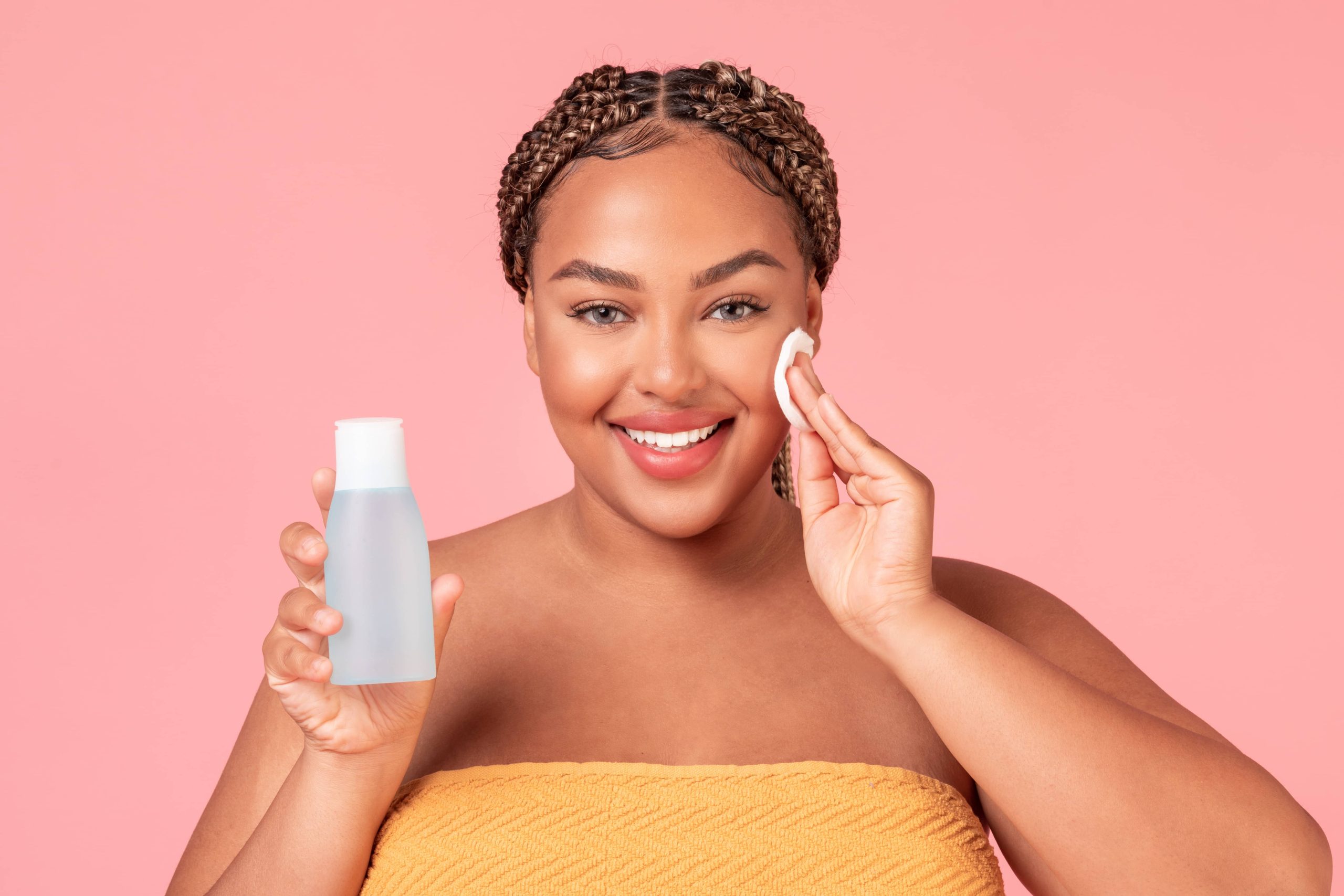
Microneedling has become a popular skincare treatment, known for its ability to rejuvenate the skin, reduce the appearance of scars, and improve overall skin texture. However, like any skincare procedure, proper preparation is crucial to ensure the best results and minimize potential side effects. If you’re new to microneedling, this guide will walk you through the essential steps to prepare your skin for the treatment.
Understanding Microneedling
Before diving into the pre-care routine, it’s important to understand what microneedling is. Microneedling, also known as collagen induction therapy, involves using a device with fine needles to create tiny punctures in the skin. This process stimulates the body’s natural wound healing process, leading to increased collagen and elastin production. The result is smoother, firmer, and more youthful-looking skin.
Why Pre-Microneedling Care is Important
Proper pre-care is essential for several reasons:
1. Enhances Treatment Efficacy: Preparing your skin ensures that the microneedling treatment is as effective as possible.
2. Reduces Risk of Complications: Proper preparation can minimize the risk of side effects such as irritation, redness, and infection.
3. Promotes Faster Healing: A well-prepared skin can recover more quickly post-treatment.
Step-by-Step Pre-Microneedling Care
1. Consultation with a Professional
Before undergoing microneedling, it’s crucial to consult with a dermatologist or licensed skincare professional. They can assess your skin type, discuss your skincare goals, and determine if microneedling is the right treatment for you. They can also provide personalized advice on how to prepare your skin.
2. Avoid Sun Exposure
In the weeks leading up to your microneedling session, it’s important to protect your skin from the sun. Sunburned or tanned skin is more sensitive and can react negatively to microneedling. Use a broad-spectrum sunscreen with at least SPF 30 daily, and wear protective clothing and hats when outdoors.
3. Discontinue Certain Skincare Products
Certain skincare products can increase skin sensitivity and should be avoided before microneedling:
– Retinoids and Retinols: Stop using these products at least 3-5 days before your treatment.
– Exfoliants: Avoid chemical and physical exfoliants, such as glycolic acid and scrubs, for at least a week prior.
– Acne Treatments: Products containing benzoyl peroxide or salicylic acid should be paused.
4. Hydrate Your Skin
Keeping your skin well-hydrated is essential for optimal microneedling results. Use a gentle, hydrating moisturizer daily and drink plenty of water to maintain skin hydration from the inside out.
5. Avoid Blood Thinners
To reduce the risk of bruising, avoid blood-thinning medications and supplements, such as aspirin, ibuprofen, and fish oil, for at least a week before your appointment. However, always consult with your healthcare provider before stopping any medication.
6. Cleanse Your Skin
On the day of your microneedling session, cleanse your skin thoroughly to remove any makeup, dirt, and oil. Use a gentle cleanser that doesn’t irritate your skin.
7. Avoid Alcohol and Smoking
Alcohol and smoking can impair the skin’s healing process. It’s best to avoid both for at least 24 hours before your treatment.
8. Plan for Post-Treatment Care
Prepare for the post-microneedling phase by having gentle skincare products on hand. Your skin will be sensitive, so avoid products with active ingredients and opt for soothing, hydrating products instead.
What to Expect During the Procedure
Understanding what happens during a microneedling session can help ease any anxiety. The procedure typically lasts 30-60 minutes, depending on the area being treated. A numbing cream is applied to minimize discomfort, and the microneedling device is gently moved across the skin. You may experience some redness and mild swelling afterward, similar to a sunburn.
Conclusion
Microneedling can be a transformative treatment for your skin, but proper preparation is key to achieving the best results. By following these pre-care steps, you can ensure that your skin is ready for the procedure and set the stage for a smooth recovery. Remember, always consult with a skincare professional to tailor the pre-care routine to your specific needs. With the right preparation, you’ll be on your way to healthier, more radiant skin.
